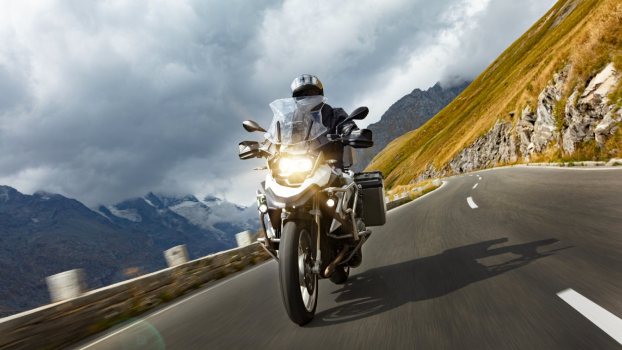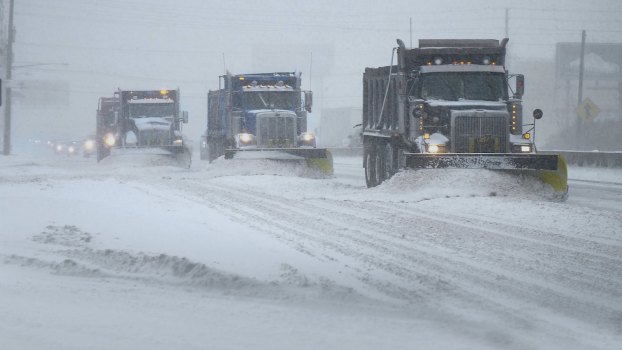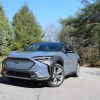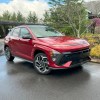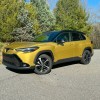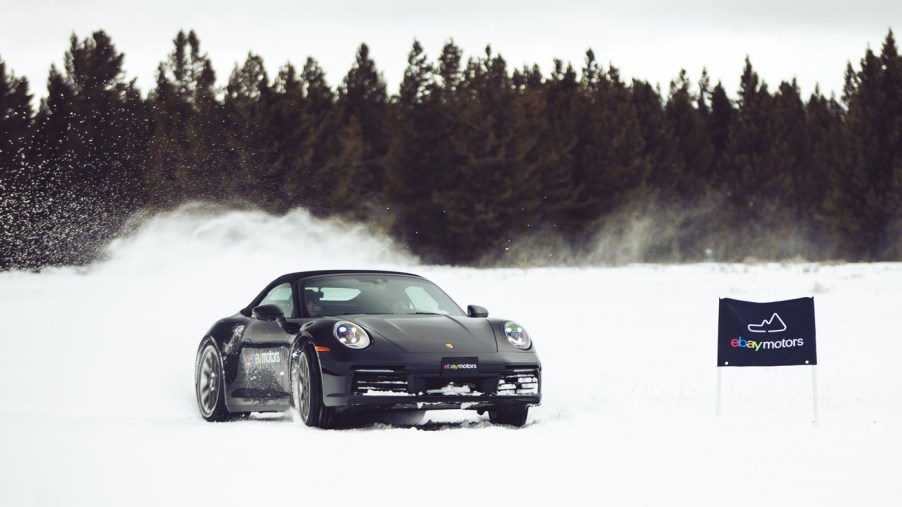
Myth Busting With eBay Motors Proves Winter Driving Mistakes
With the help of eBay Motors, I got to learn new winter driving tips and busted a few common misconceptions. I used two Ford F-150, Porsche 911, Toyota Camry, and Chevy Blazer models to feel the difference between vehicles properly and improperly set up for winter driving. There are a few misconceptions for you to avoid.
Winter driving tips and what you shouldn’t do
After spending the day in the frigid wind while it was snowing and sleeting on four different winter test tracks in Yellowstone Montana, I didn’t have time to feel cold because I was too busy learning and honestly having fun behind the wheel.
Here are the winter driving tips I walked away with to share:
- Drive at the speed you feel comfortable with. But remember slow and steady is the best way to navigate a situation.
- Overconfidence is dangerous, just because it’s easy to drive in snow doesn’t mean it’s time to go fast.
- Keep your momentum up to avoid getting stuck.
- Slowly accelerate to speed up, don’t slam on the accelerator or your tires might spin out.
- Don’t slam on the brakes. Tap them lightly to come to a smooth and complete stop.
- You don’t necessarily need AWD or 4×4 for success. The right pair of winter tires provide mind-blowing results.
- All-season tires are getting better, but now tires still provide a superior experience.
- Stay calm and level-headed, don’t panic!
- Make small adjustments to the steering wheel. Don’t oversteer.
- Look at where you want the vehicle to go and your steering will instinctively follow. For example, if a moose is in the road, don’t stare at it. Look at the path around it.
- Putting weight in the back of a truck makes it harder to control and stop.
- Don’t air down your rear tires. Instead, reduce air in your front tires to improve traction.
- Let off the acceleration as you steer into a curve to get pointed in the right direction, then accelerate around the bend.
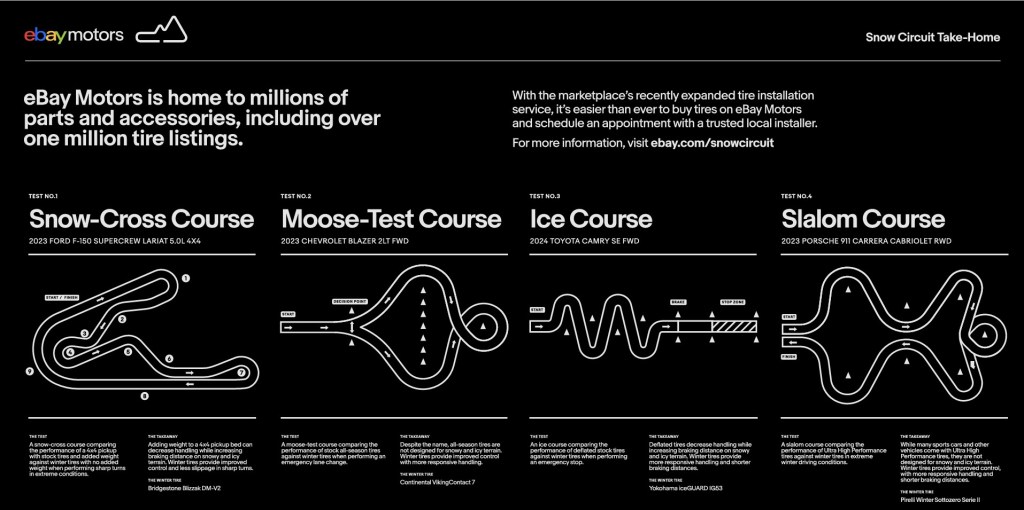
Bonus: Winter tires have sipes which are the intersection tread lines and holes. They pick up snow and compact it, so when it combines with the snow on the ground it creates traction. Snow can stick on snow you know, that’s how snowballs are made.
Then the sipes contract to get rid of excess snow and water that the tire picked up. If you feel the grooves in a winter tire and an all-season tire, you’ll notice that the winter tire is more flexible.
The eBay Motors snow circuit was split into four different driving activities or tests. I started on the Ice test with the Toyota Camry.



The first model I drove had stock ADVAN Apex V601 tires and the ones in the rear were deflated. The test involved showing how braking and coming to a stop was much more difficult with these tires.
Also, deflated tires decrease handling and increase stopping distances. After hitting 30 mph I let my rear end slide and it did take a bit to stop.
The second Camary was equipped with Yokohama iceGUARD IG53 tires and made an immediate difference.
You could feel the extra bite in the ice to get more traction and the handling improved around the curves. Also, coming to an emergency stop was much easier, smoother, and faster.
My second test involved the Porsche 911 on the Slalom course, which is designed to show how you don’t need AWD or 4×4 to successfully drive in winter conditions, but sports cars high-performance tires won’t cut it.



The first Porsche 911 was equipped with Pirelli P-Zero PZ4 tires or summer tires, which are typically great. But in the snow, they wouldn’t move. The Porsche 911 kept getting stuck.
The second Porsche 911 had Winter Sottozero Series II tires and allowed the fun to begin. Even without AWD, I was able to zoom around curves with responsive handling and confident stopping distances.
Then it was off to the snow-cross course with the Ford F-150. The first F-150 F-150 wore Dueler A/T RH-S tires and had 600 lbs of extra weight in the bed. While these all-terrain tires provided plenty of grip, the extra weight reduced the truck’s handling and stability.



Honestly, it was difficult to stay on the course because it was turning a little wide and slipping around curves. I had less stopping power and control.
But the second model had Blizzack DM-V2 winter tires that made a world of difference. I felt more confident at higher speeds, was sliding less, and had more control during emergency stops. My instructor seemed less nervous too.
The last course represented a moose test which involves suddenly cutting to the right or left at a certain speed to see if the vehicle can maintain control without sliding off the track or hitting what represents a moose.



This test simulated what happens when a moose suddenly appears on the road. The first Chevy Blazer I used had CrossContact LX Sport all-terrain tires.
These tires had a solid grip, despite not having AWD, but they felt difficult to get up to speed and slid out around the curves. The handling and control made me worry that I was about to slide right through the fake moose.
But the second blazer had VikingContact winter tires, and these could be responsible for saving moose lives. They made it much easier to get up to speed, reduced the amount of sliding around curves, and provided confident handling.
Sure, all-terrain tires get the job done, but winter tires are superior for daily driving and emergencies. If you want to save with a FWD or AWD vehicle, then a pair of winter tires could be all you need.
